Who are the most famous and greatest mathematicians to have ever lived? Well, answering this question is not easy, considering that mathematics has been known to humanity since prehistoric times, long before the birth of Christ.
From the timeless brilliance of Euclid and Pythagoras to the revolutionary insights of Alan Turning and Maryam Mirzakhani, mathematicians across the world have left an indelible mark on the pages of history. They transformed our understanding of the world, solved age-old mysteries, and paved the way for numerous scientific and technological breakthroughs.
The role of mathematics in our lives is immense. Math has made it possible to transmit electricity over thousands of kilometers, aided in the exploration of the concept of DNA, given rise to computers, and is essential in our quest to deepen our understanding of the universe.
“Mathematics is the alphabet with which God has written the universe” — Galileo Galilei
Without math, scientists can’t develop better medicines, researchers can’t explore new technologies, architects can’t design innovative structures, economists can’t make accurate predictions, and our world would be missing the solutions to many important challenges.
Similar to many other fields, the mathematics we know today didn’t just randomly come into existence. The development of new, groundbreaking theorems and equations is a process that spans decades. Now, let’s explore the individuals behind these advancements.
Table of Contents
16. Srinivasa Ramanujan
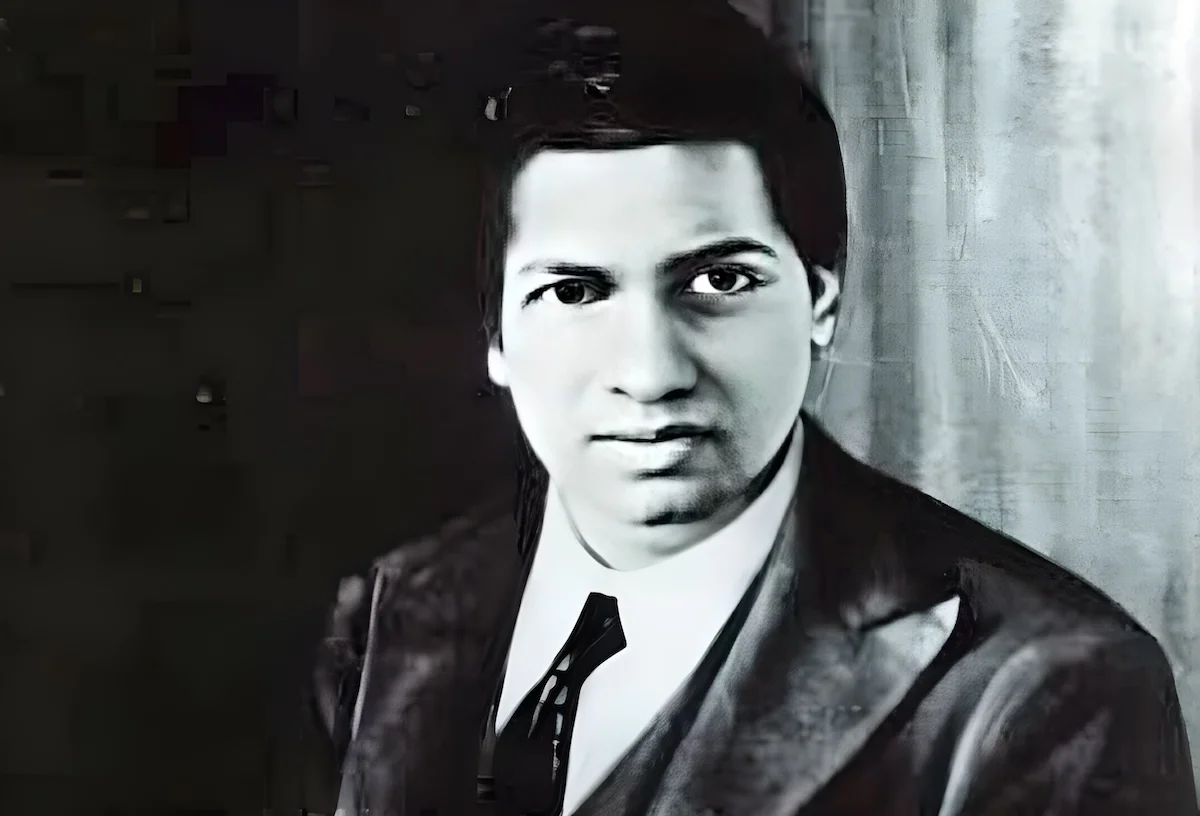
Known For: Ramanujan–Petersson conjecture, Ramanujan’s master theorem
Srinivasa Ramanujan was perhaps the most remarkable mathematician in modern India. Although Ramanujan had no formal training, his advanced mathematical knowledge at a very young age left many completely awestruck.
By the age of 16, he had independently developed and studied Bernoulli numbers, as well as calculated the Euler–Mascheroni constant. Before his untimely death at the age of 32, Ramanujan had successfully formulated nearly 4,000 different mathematical identities.
He gained international fame after G. H Hardy, a prominent British mathematician, recognized his work and compared him with the likes of Euler and Jacobi.
15. Joseph-Louis Lagrange
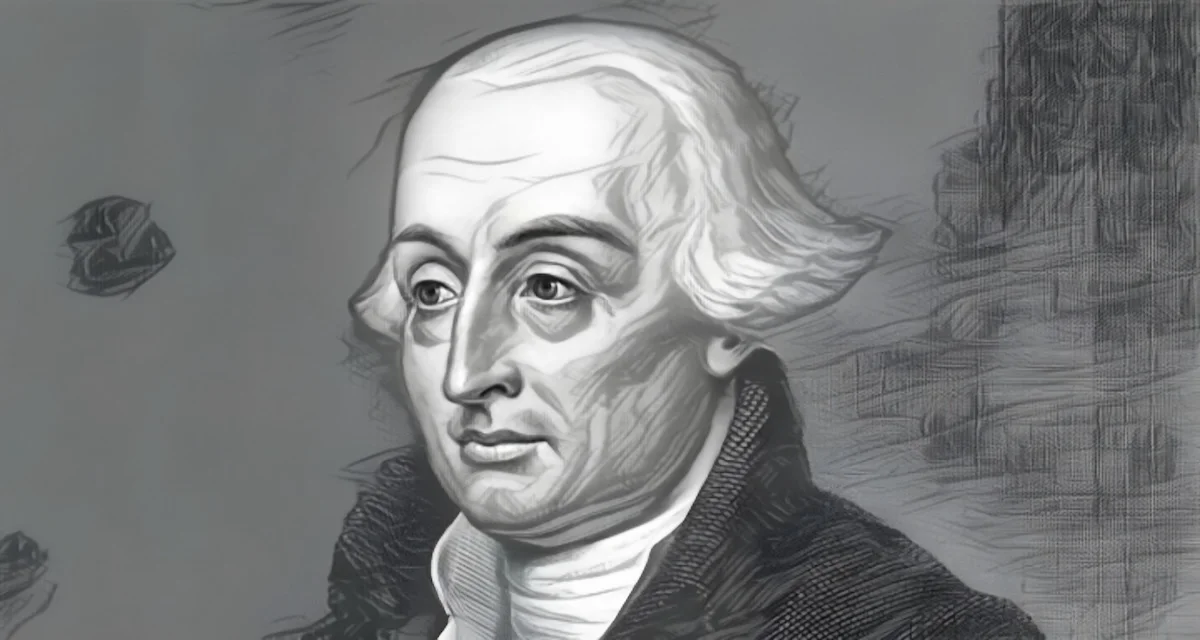
Known For: Lagrangian mechanics, Celestial Mechanics, Number Theory
Joseph Lagrange was one of the most notable students of the great Leonhard Euler. Lagrange started his mathematical career with variational calculus (in 1754), which led to the formulation of the Euler–Lagrange equation.
Lagrange later reformulated classical mechanics, introducing Lagrangian Mechanics. His renowned work on analytical mechanics, titled “Mécanique analytique,” played a crucial role in advancing the field of mathematical physics
14. Andrew Wiles
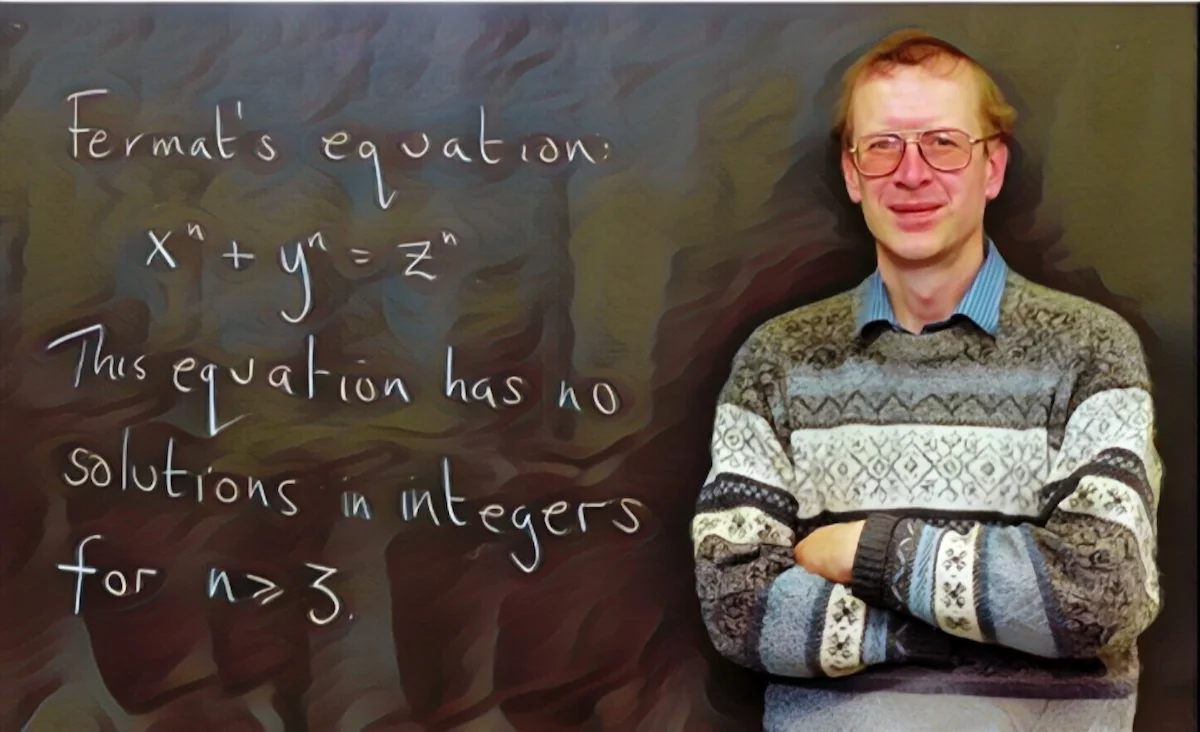
Accolades: Wolf Prize (1995/6); Abel Prize (2016)
Sir Andrew John Wiles, a prominent British mathematician, gained widespread recognition for resolving Fermat’s Last Theorem, once regarded as the “most challenging mathematical problem.”
In 1975, under the guidance of John H. Coates, Andrew Wiles started working on the Iwasawa theory, which he continued with American mathematician Barry Mazur.
His most groundbreaking contribution occurred in the early 1990s when he successfully proved a significant portion of the modularity theorem, formerly known as the Taniyama–Shimura conjecture. The modularity theorem, in essence, is related to Fermat’s Last Theorem and was enough to prove it.
Andrew Wiles on what it feels like to do mathematics pic.twitter.com/7egzT7Gp7F
— Fermat’s Library (@fermatslibrary) April 28, 2023
13. Carl Gustav Jacob Jacobi
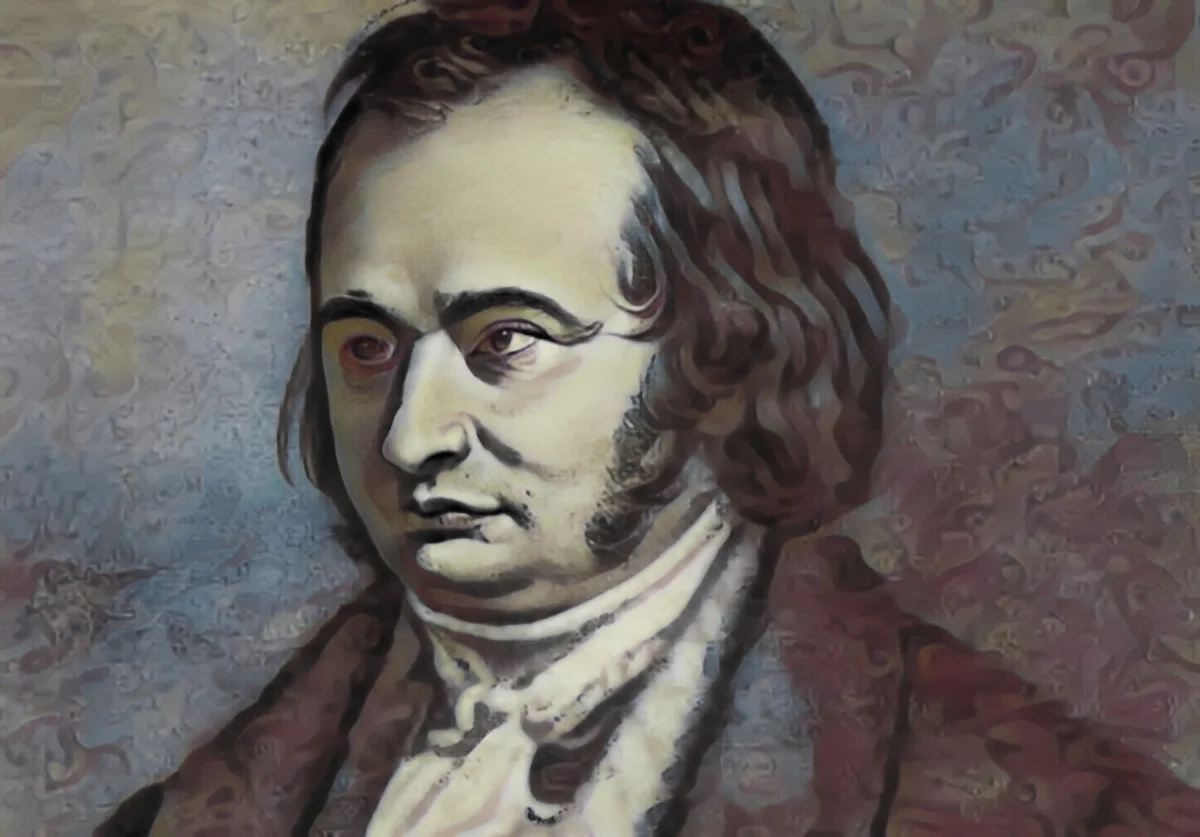
Known For: Jacobi’s elliptic functions; Jacobi transform
Carl Gustav Jacobi was one of the prominent mathematicians of the 19th century. His formulation of the theory of elliptic functions is perhaps his greatest contribution to the field.
Jacobi played a key role in advancing the study of differential equations and rational mechanics, notably contributing to the development of Hamilton-Jacobi theory.
Beyond this, his influence extended to the realms of mechanical dynamics and number theory, where he made fundamental contributions that enriched our understanding of these intricate mathematical domains.
12. Alan Turing
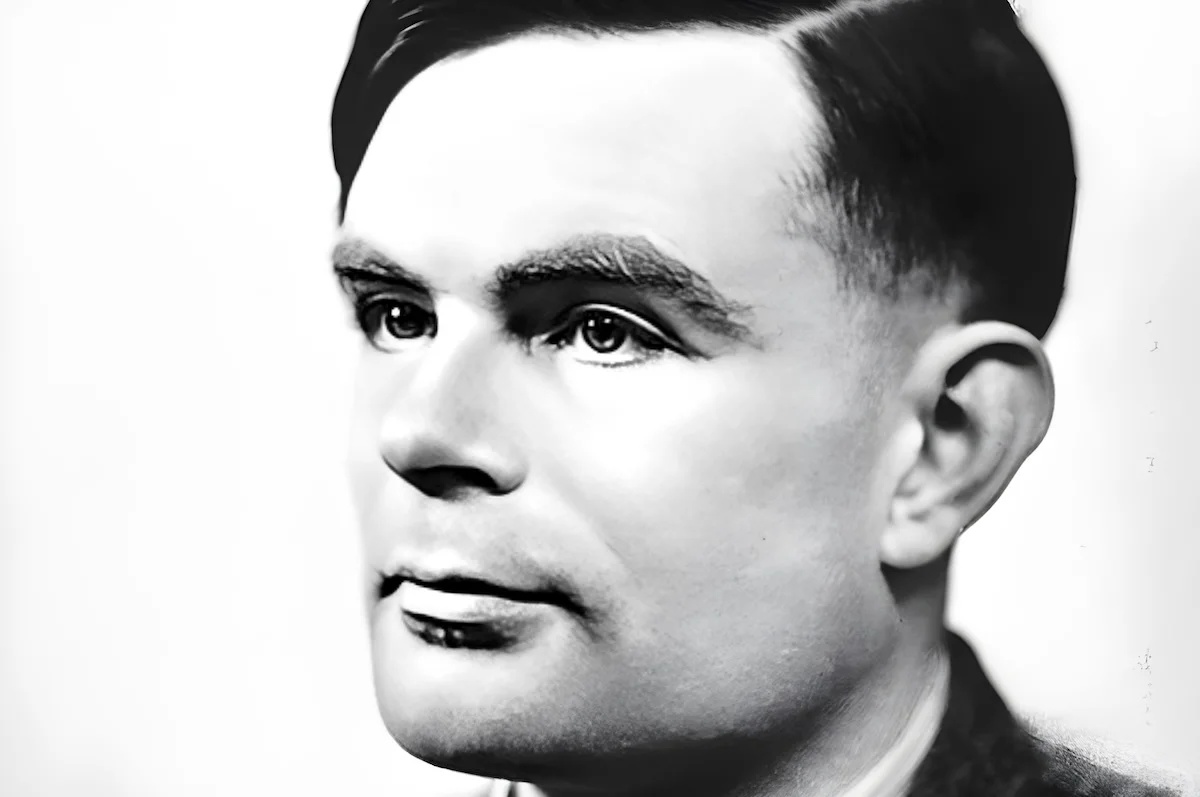
Known For: Cryptanalysis of the Enigma, Turing’s proof
Accolades: Smith’s Prize (1936)
During the Second World War, the German intelligence network was considered almost impenetrable. Many allied nations feared that if they could not intercept important transmissions by the Nazi high command, they might eventually lose the war.
It was Alan Turing who, with his unprecedented mathematical and cryptanalytic abilities, made significant improvements over the Polish-made bombe and devised a machine that could decode the Enigma faster.
Post-war, Turing joined the National Physical Laboratory (U.K.), where he designed the Automatic Computing Engine, one of the earliest stored-program computers.
In the later stages of his career, Turing shifted his focus to theoretical biology. During this period, he mathematically predicted the Belousov–Zhabotinsky reaction, an occurrence later observed in the 1960s.
11. G.F. Bernhard Riemann
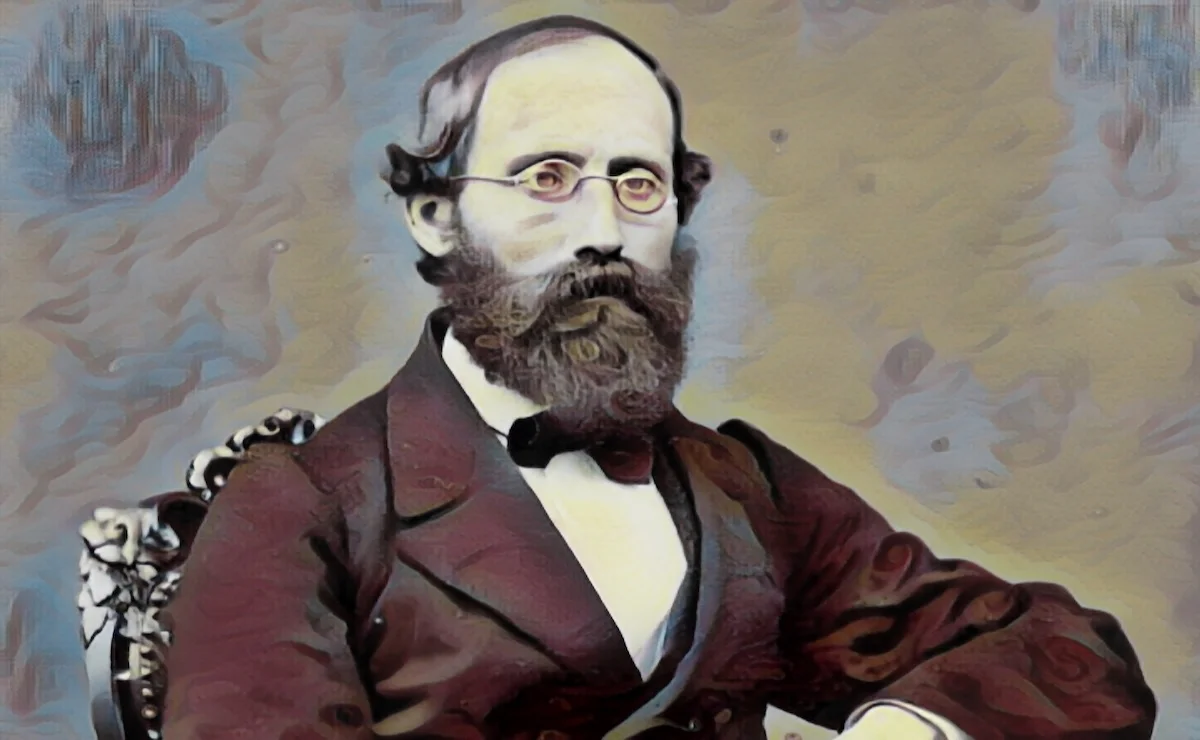 Bernhard Riemann
Bernhard Riemann
Known For: Riemann integral, Fourier series
Georg Bernhard Riemann was born in a small village near Dannenberg, Germany. Under the tutelage of Carl Friedrich Gauss, Riemann studied differential geometry and developed his theory of higher dimensions. His work is now known as Riemannian geometry.
Johann Gustav Dirichlet also played a significant role in shaping Riemann’s mathematical journey. Employing the Dirichlet principle, Riemann successfully formulated the renowned Riemann mapping theorem.
The legacy of Riemann’s mathematical contributions extends beyond his time, as some of his equations found application in Einstein’s General Relativity theory. His work continues to be foundational in diverse areas of mathematics and physics.
10. Henri Poincaré
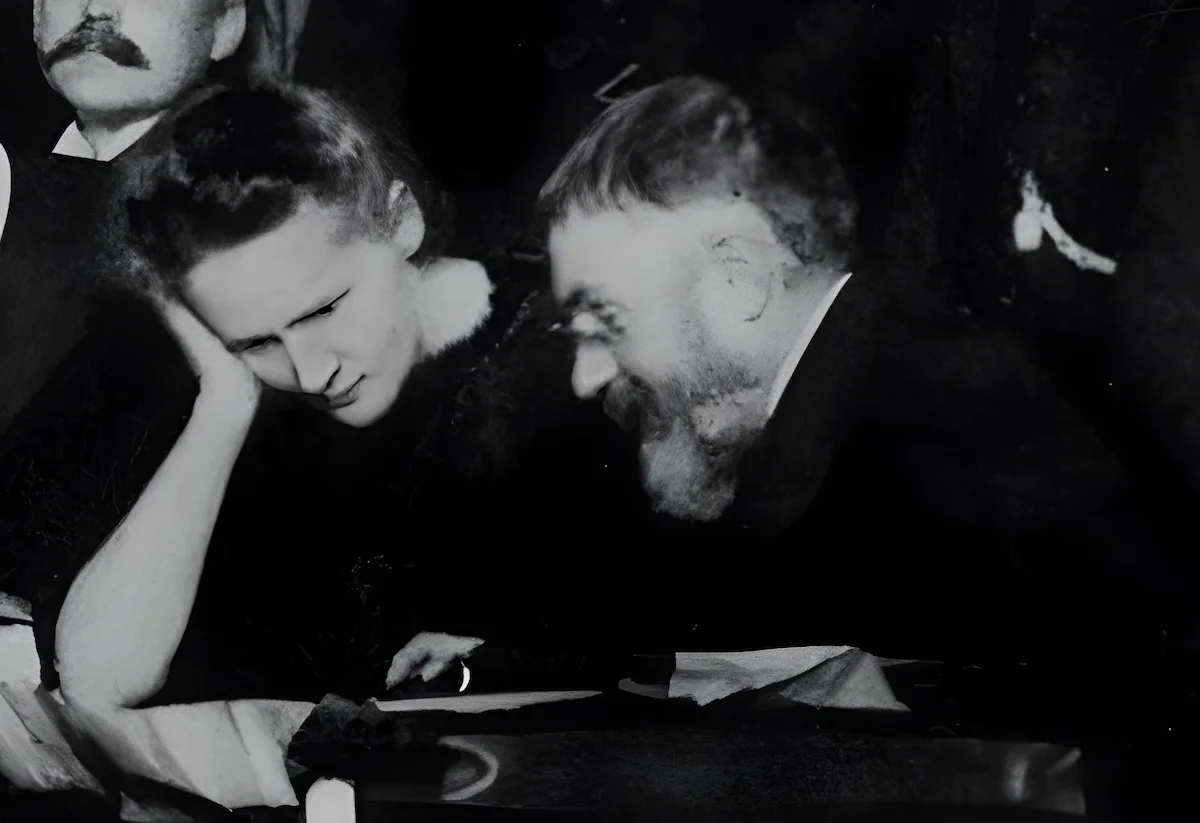 Henry Poincaré along with Marie Curie at the 1911 Solvay Conference
Henry Poincaré along with Marie Curie at the 1911 Solvay Conference
Known For: Three-body problem, Chaos theory, Poincaré–Hopf theorem
According to Eric Bell, a notable Scottish Mathematician, Henri Poincare was probably one of the last Universalists, as he thrived in almost all known fields of mathematics at that time.
Poincare, during his lifetime, contributed numerous theories in the fields of mathematical physics, applied mathematics, and astronomy. He was instrumental in the formulation of the theory of Special Relativity.
His exceptional works on Lorentz transformation and the Three-body problem paved the way for mathematicians and astrophysicists to make discoveries about our planet and outer space.
His theoretical works even inspired famous artists, such as Picasso and Braque, to establish an art movement (Cubism) in the 20th century.
9. David Hilbert
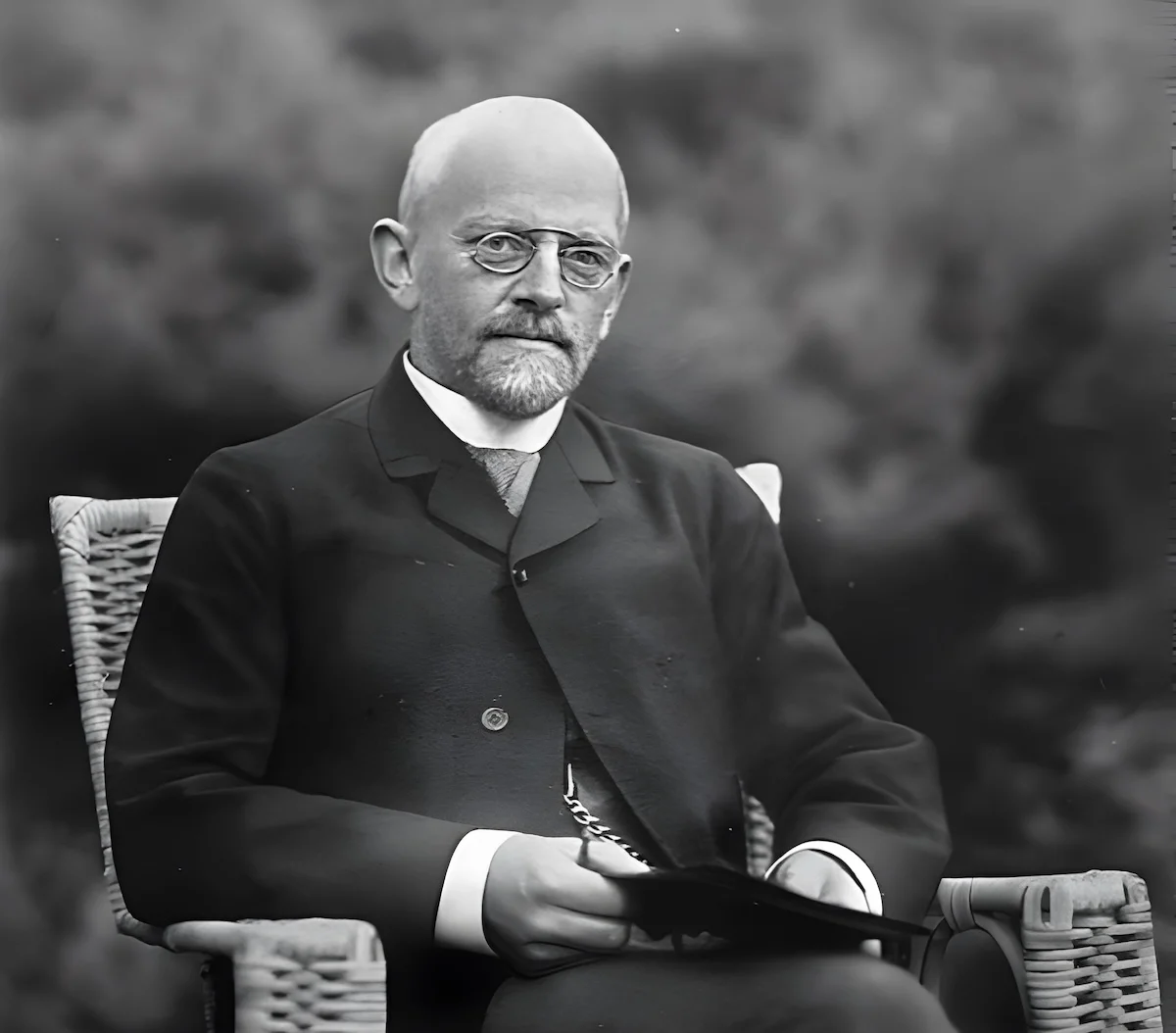 David Hilbert in his Göttingen home | Image Courtesy: idw-online.de
David Hilbert in his Göttingen home | Image Courtesy: idw-online.de
Known For: Proof theory, Hilbert’s problems
David Hilbert was perhaps one of the greatest mathematicians of all time. He was instrumental in developing fundamental theories in the field of commutative algebra, calculus of variations, and mathematical physics.
Hilbert’s problems (a set of twenty-three mathematical problems, which he published in 1900) influenced groundbreaking studies in different fields of mathematics. Some of those problems remain unsolved to this date.
In his later years, David Hilbert devoted himself to physics. It was during this time he competed against Albert Einstein on general relativity.
8. Fibonacci
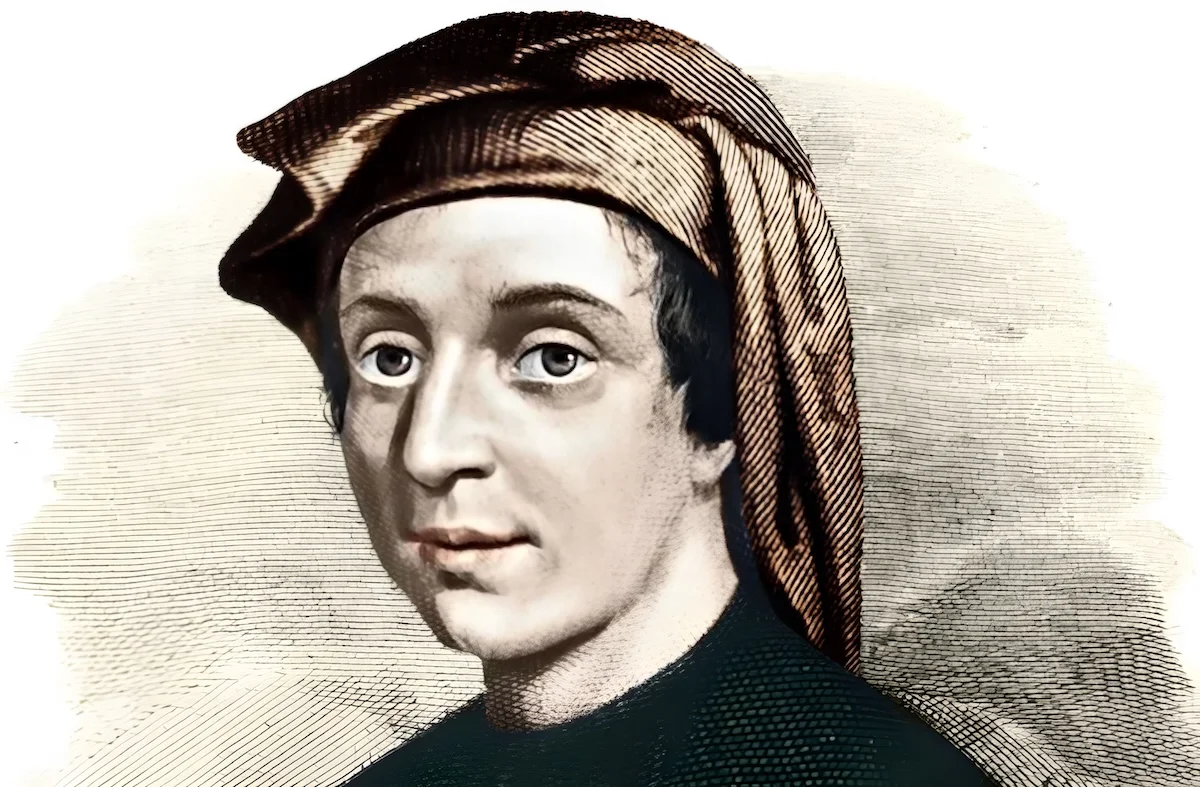
Known For: Fibonacci numbers
Fibonacci, also known as Leonardo of Pisa, was one of the most accomplished mathematicians of the High Middle Ages.
Perhaps his most significant contribution to the subject is Liber Abaci, a personal book through which he popularized the Indo-Arabic numeral system (0,1,2,3,4..) and the Fibonacci sequence in Europe.
Today, the sequence is used in computer algorithms and databases.
7. Bernoulli Family
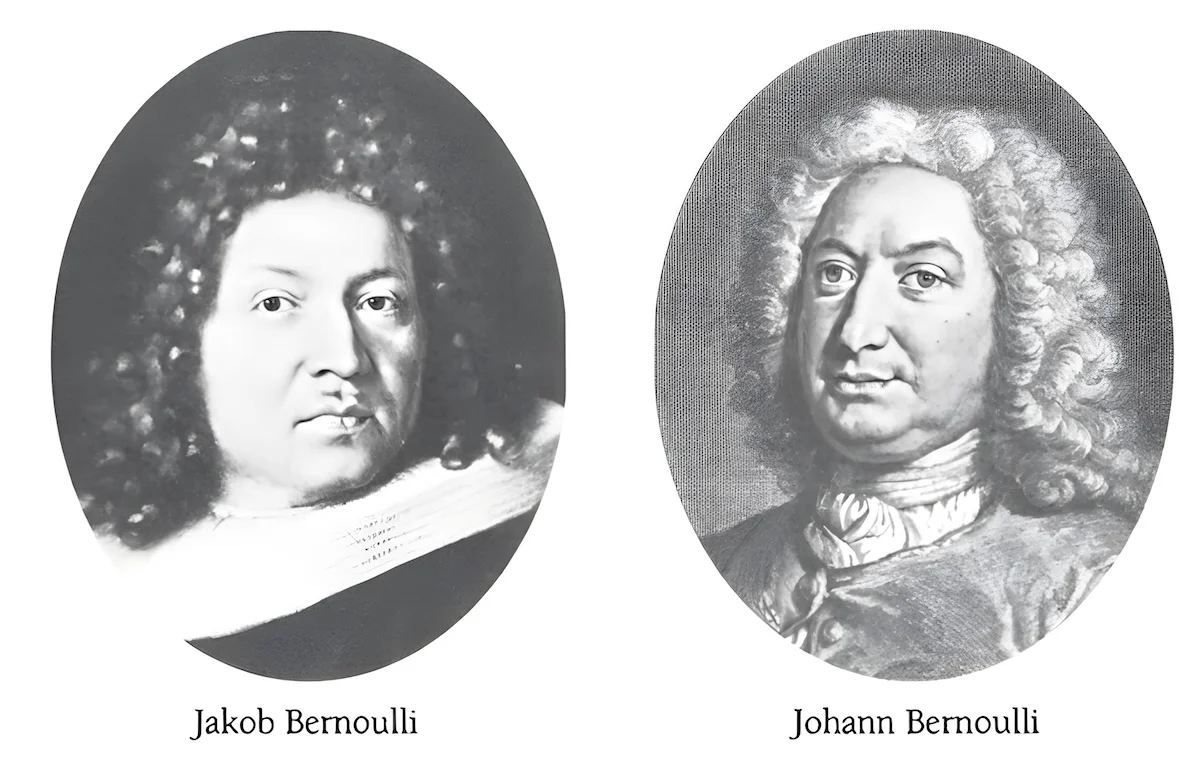
In the world of mathematics, the Bernoulli family holds the highest place. Originating from Antwerp, Belgium, Jacob and his brother Johann Bernoulli were the pioneering mathematicians in the Bernoulli lineage.
Both Jacob and Johann worked together on infinitesimal calculus and are credited for theorems and justifications such as Bernoulli numbers and the Brachistochrone curve.
Daniel Bernoulli, Jacob’s son, emerged as one of the most distinguished members of this illustrious family. His seminal work, Bernoulli’s Principle, provides a mathematical explanation for the functioning of a carburetor and an airplane wing. Additionally, Daniel made substantial contributions to the fields of probability and statistics.
6. Pythagoras
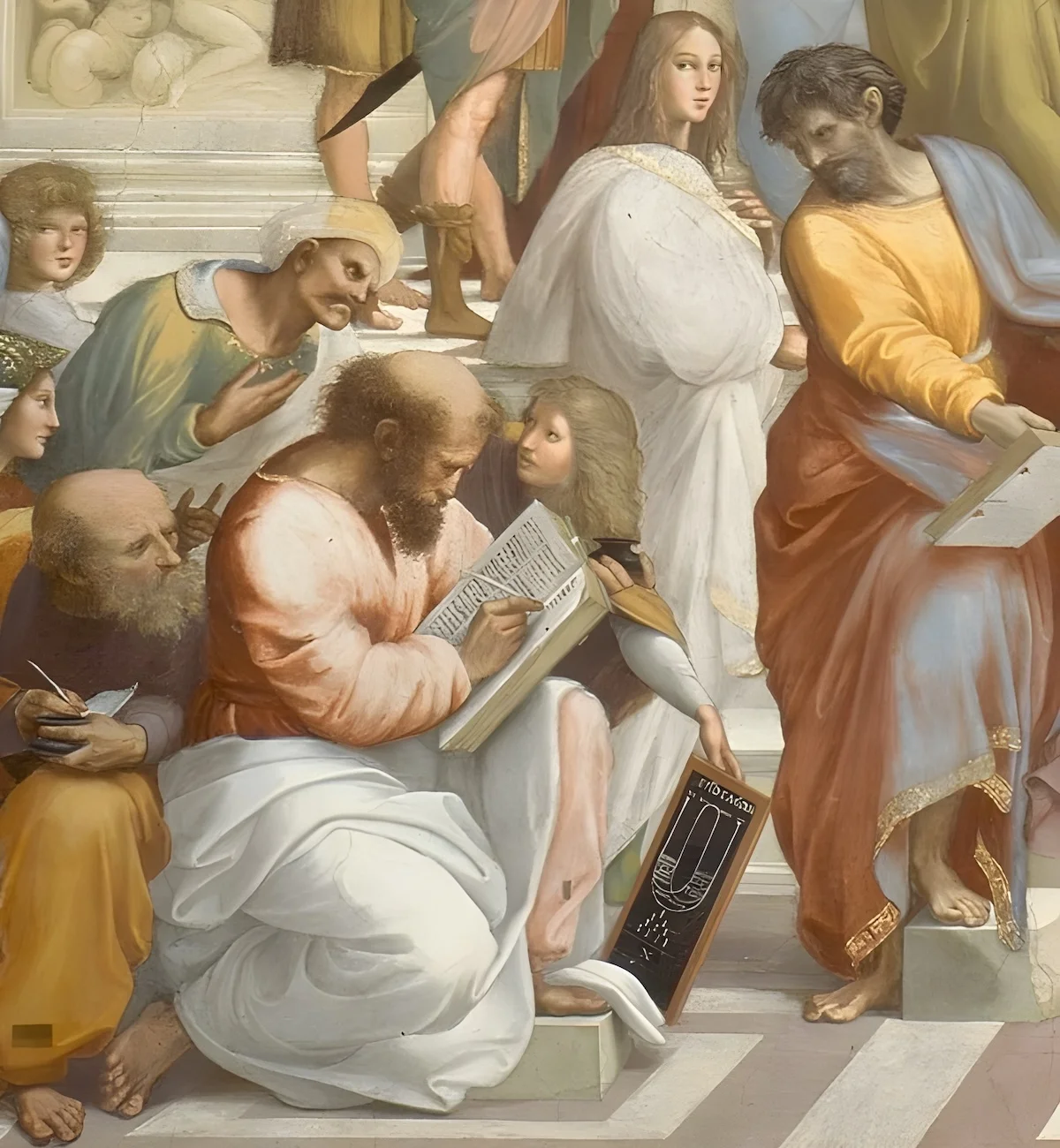 Pythagoras (writing a book) depicted by Raphael’s fresco The School of Athens
Pythagoras (writing a book) depicted by Raphael’s fresco The School of Athens
Known For: Pythagorean theorem, Theory of Proportions
Pythagoras of Samos was born around 570 BC, and like most ancient Greeks, not much is known about his early life. As a philosopher, his works influenced the likes of Plato and Aristotle, as well as Johannes Kepler and Isaac Newton.
Although its authenticity remains debatable, many mathematical findings are attributed to Pythagoras. Perhaps the most famous of them is the Pythagoras theorem (named after him). Many historians have, however, stated the theorem was known by the Babylonians well before the time of Pythagoras.
He may have also been responsible for discovering the Theory of Proportions.
5. Carl Friedrich Gauss
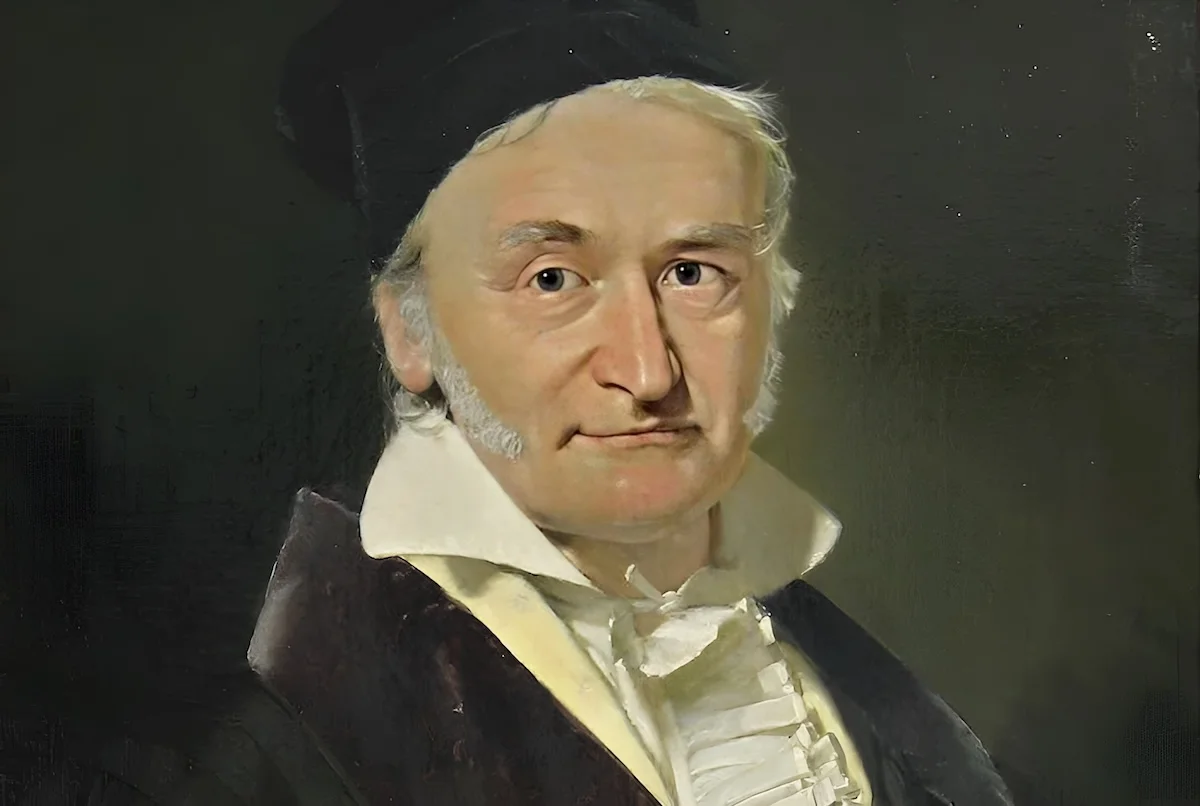
Accolades: Lalande Prize (1809), Copley Medal (1838)
Carl Friedrich Gauss was perhaps the most influential mathematician since the Ancient Greeks. His contributions in various fields of mathematics and physics are almost second to none. Gauss started showing signs of brilliance at the early age of seven when he could solve arithmetic progressions much faster than anyone in his class.
Some of his famous works include Gauss’ Law and Theorema Egregium, which concluded that the Earth could not be displayed on a map without some distortion. He was the first to speculate the possibility of non-Euclidean geometry, although his works were never published.
4. Issac Newton
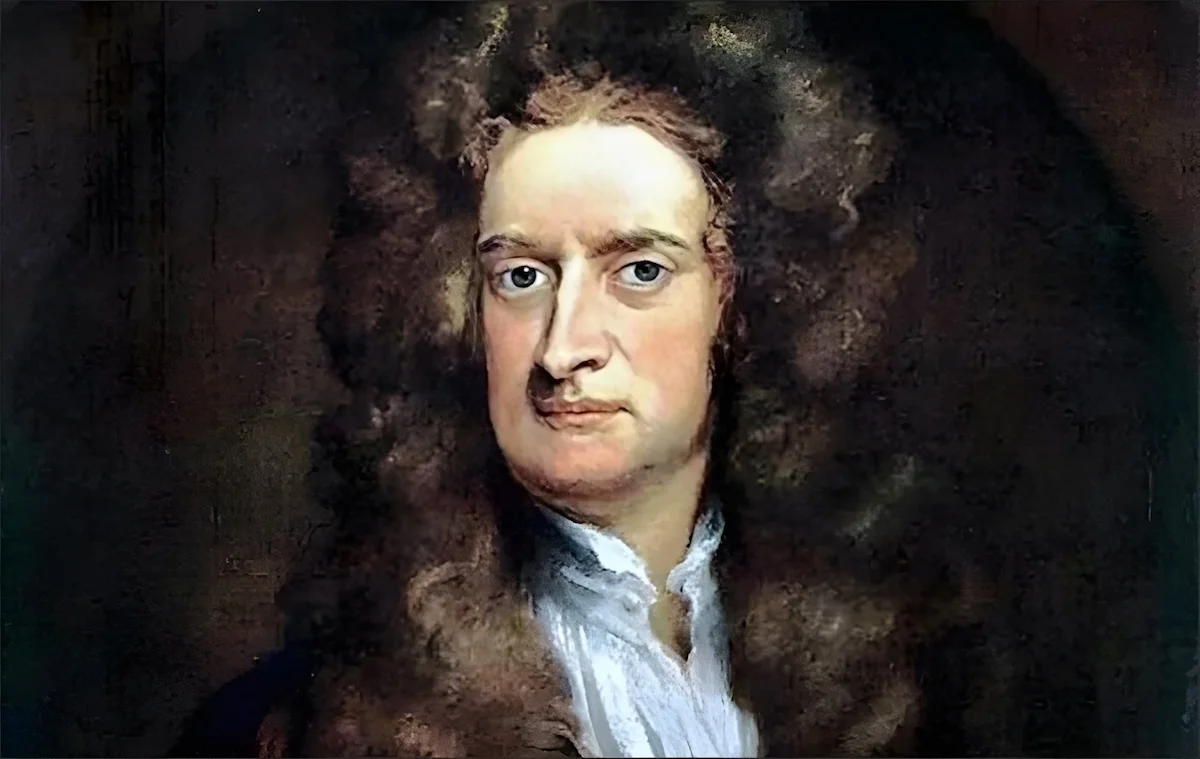
Known For: Newton’s Laws of Motion, Calculus, Newtonian Mechanics
Sir Isaac Newton is one of the founding fathers of classical mechanics and infinitesimal calculus. His views on gravity remained universally accepted until Einstein’s theory of relativity.
Newton’s most remarkable contribution to mathematics is calculus (then called infinitesimals), which he developed independently of his contemporary Gottfried Wilhelm Leibniz.
It was Newton who first explained the reason behind tidal disturbances on Earth and helped validate Kepler’s laws of planetary motion. His works on optics gave us the first-ever refracting telescope.
3. Leonhard Euler
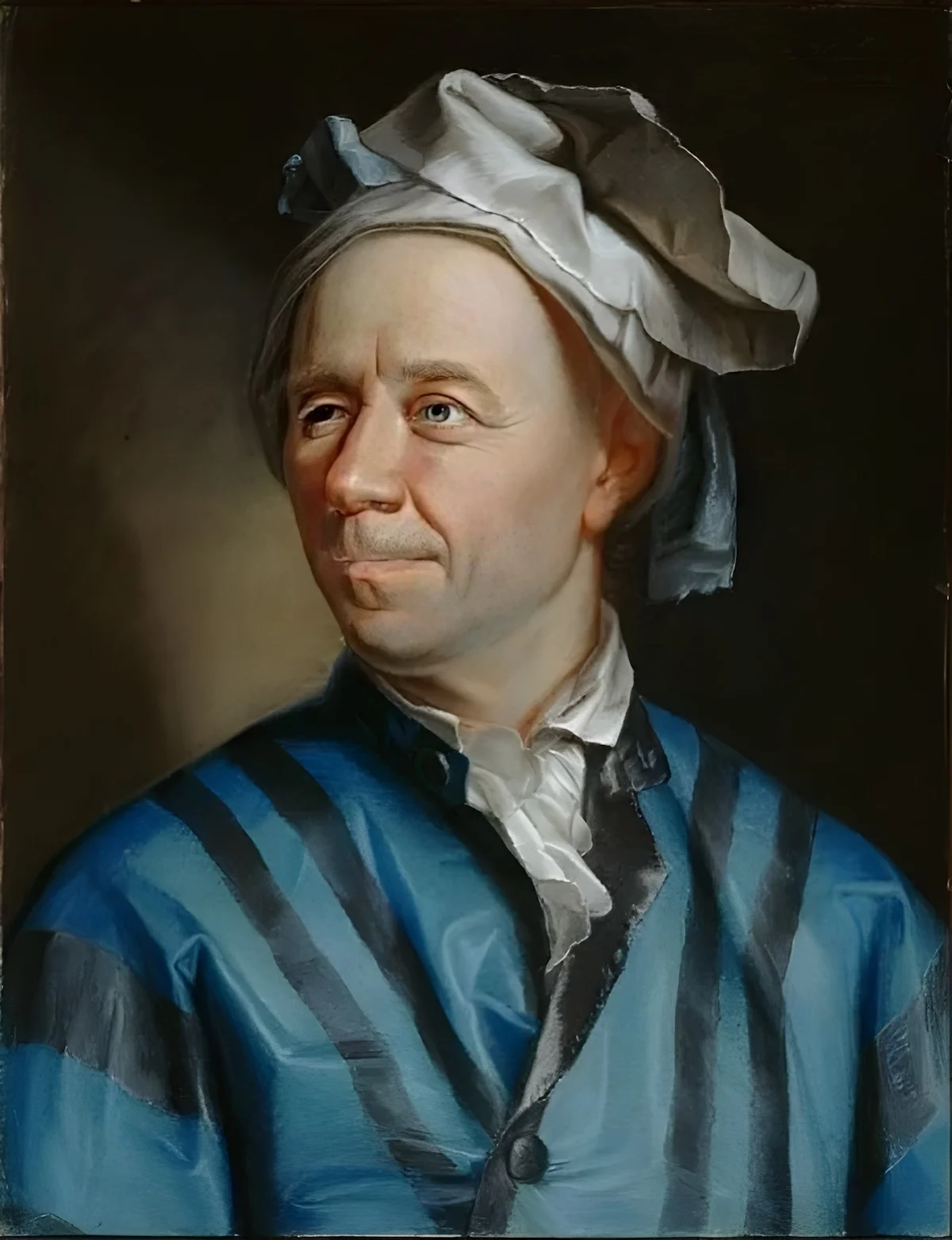 A portrait of Leonhard Euler by Jakob Emanuel Handmann
A portrait of Leonhard Euler by Jakob Emanuel Handmann
Known For: Euler’s conjectures, Euler’s equations, Euler’s numbers
In a tribute to Leonhard Euler’s immense contributions to mathematics, Pierre-Simon Laplace, a notable French astronomer and mathematician, wrote, “Read Euler, read him again and again; he is the master of us all.”
Mathematicians today hold Euler in the highest regard and consider him the most influential and greatest mathematician of the 18th century.
Euler made significant contributions to almost every major field in mathematics, including algebra, trigonometry, and geometry. In the realm of physics, his unparalleled works on fluid dynamics and Fourier series remain unmatched.
2. Archimedes
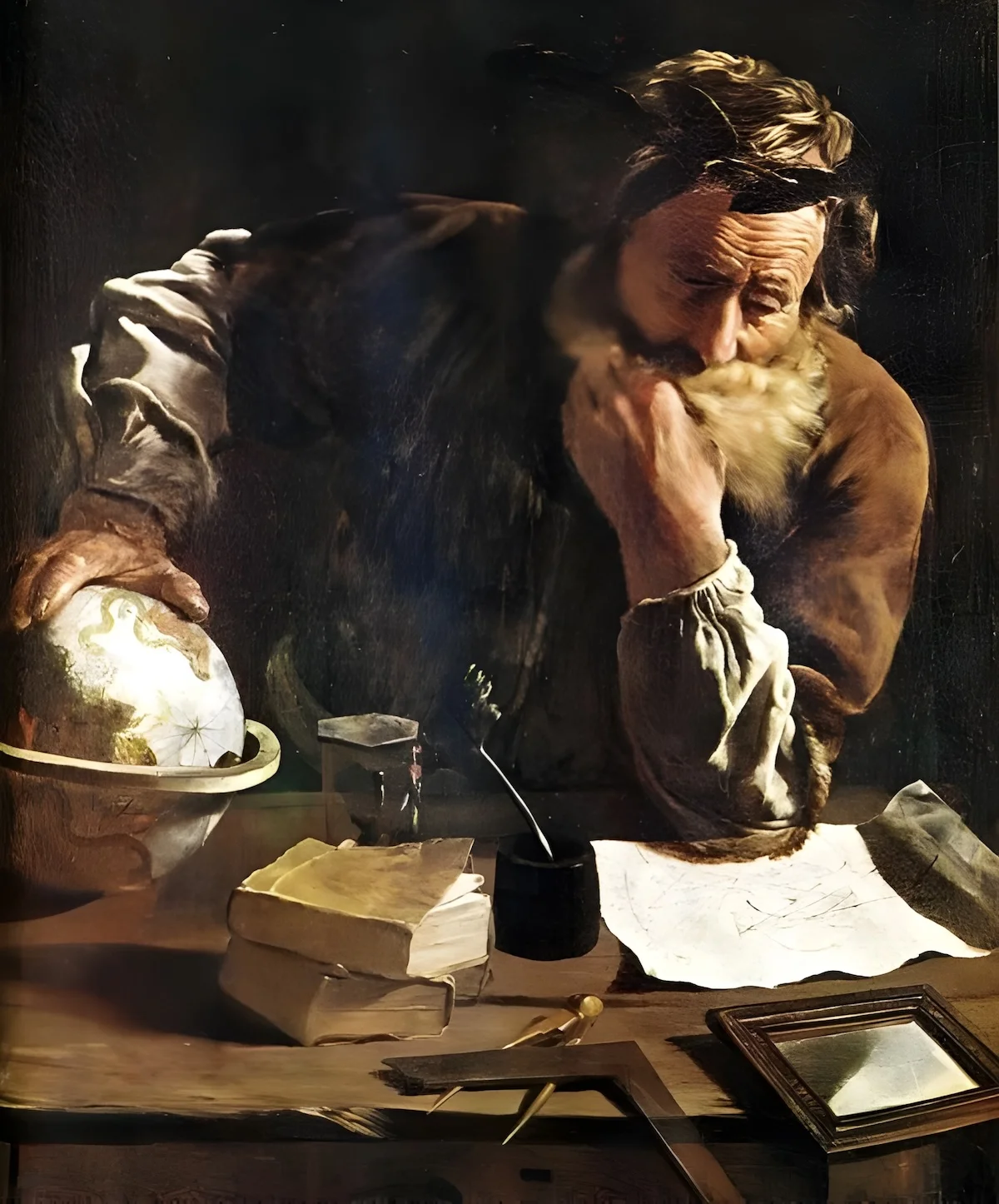
Known For: Archimedes’ principle; Hydrostatics
Born around 287 BC in Syracuse, Sicily, Archimedes was well-versed in mathematics, physics, and astronomy of that time. He was a polymath. However, most of his literary works have not survived.
Archimedes was one of the pioneers of geometry, who derived formulas for the area of a circle, volume, and surface area of a sphere. His method of determining the value of pi remained unchallenged and the only known way to calculate the circumference of a circle for decades.
The Fields Medal, the preeminent honor in mathematics, features a right-facing portrait of Archimedes along with a quote attributed to him.
“Transire suum pectus mundoque potiri” — Rise above oneself and grasp the world.
1. Euclid
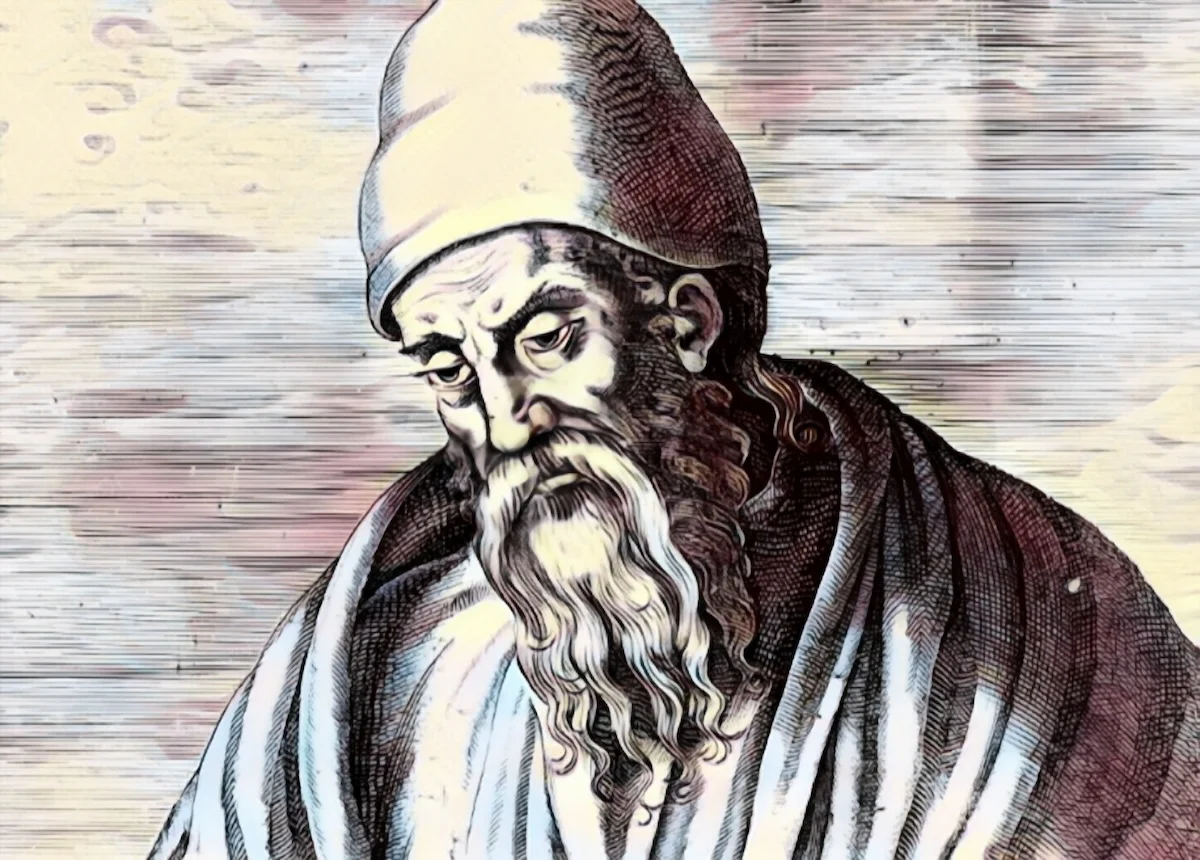
Known For: Euclidean geometry; Euclidean algorithm
Euclid of Alexandria was a Greek mathematician widely regarded as the founder of geometry. Euclid’s Elements, a compilation of 13 books, is considered one of the oldest and most influential books on mathematics.
While Euclid’s Elements is primarily celebrated for its foundational contributions to geometry, now recognized as Euclidean geometry, it also provides a thorough introduction to elementary number theory.
Euclid’s achievements extend beyond geometry, with his works on optics earning widespread acknowledgment for their significance in the field.
Euclid’s systematic approach in his work — starting from axioms and then logically obtaining complex results, has influenced some of the greatest minds of later generations. Newton’s Principia Mathematica is a perfect example of it.
Famous Mathematicians of the 21st Century
17. Alessio Figalli
Read the article in @QuantaMagazine about the latest work of Alessio Figalli (@AFigalli), Joaquim Serra and Xavier Ros Oton (@ros_xavi).@ETH_en @UniBarcelona https://t.co/Ph130FI0kE pic.twitter.com/mIwNoKxBOc
— @ETH_MATH (@eth_math) October 8, 2021
Known For: The theory of optimal transport
Alessio Figalli has established himself as a leading figure in the study of partial differential equations, metric geometry, and their applications.
In 2018, he was awarded the Fields Medal for his contributions to the theory of optimal transport, which addresses the optimal ways to transport one distribution of mass to another while keeping the associated transportation cost as low as possible.
Figalli’s research goes beyond optimal transport, extending into areas like geometric measure theory, functional inequalities, and Monge-Ampère equations. Not only has his work significantly advanced the theoretical aspects of these subjects, but it has also yielded practical applications in diverse fields, including economics and physics.
18. Manjul Bhargava
Known For: Profound contributions to number theory
Manjul Bhargava has enhanced our understanding of representing integers through quadratic forms, a key aspect of number theory.
His work includes groundbreaking results related to the distribution of values of quadratic forms and higher-degree polynomial equations. He developed efficient techniques to study the distribution of integers represented by these equations, deepening our understanding of the arithmetic properties of these forms.
Bhargava introduced the concept of higher composition laws, generalizing the well-known composition laws for quadratic forms. These laws have applications in algebraic number theory. He also explored the rational points on elliptic curves, which have applications in both pure and applied mathematics.
Bhargava has received many awards and honors for his work, including the Fields Medal in 2014.
19. Maryam Mirzakhani
Known For: Providing insights into Riemann surfaces and their moduli spaces
Maryam Mirzakhani gained international recognition for her groundbreaking work in mathematics, especially in the field of geometry and dynamical systems. She made history in 2014 by becoming the first woman to be awarded the Fields Medal.
Her early work focused on the moduli space of Riemann surfaces. She developed new methods to calculate the Weil-Petersson volumes of these moduli spaces, providing new insights into the geometry of hyperbolic surfaces.
She also studied Teichmüller dynamics, which involves understanding the behavior of geometric structures on surfaces. Her research provided detailed insights into the dynamics of the mapping class group and the geometry of moduli spaces, connecting complex analysis, geometry, and dynamics.
Unfortunately, she passed away in 2017 at the age of 40. However, her legacy continues to inspire young students, particularly women, to pursue careers in math and contribute to the advancement of the discipline.
20. Maryna Viazovska
Known For: Solving the sphere-packing problem in dimension 8
Maryna Viazovska is famous for her involvement in a collaborative effort related to the “sphere-packing problem.” It’s a classical problem in math that involves determining the most efficient way to arrange identical spheres in a given space in such a way that they do not overlap or leave voids.
In 2016, Maryna Viazovska was part of a group of mathematicians who provided a groundbreaking solution to this problem. The solution involves finding the optimal way to pack spheres in eight-dimensional space, which has applications in coding theory and other areas.
Her contributions were recognized with the prestigious Fields Medal, which she was awarded in 2022. She became the first person with a degree from a Ukrainian university to ever receive this distinguished award.
Beyond the academic realm, her achievements have been acknowledged on a broader scale. For example, in December 2022, she was honored as one of the BBC 100 Women.
21. Grigori Perelman
Known for: Solving Poincaré conjecture
Grigori Perelman has made notable contributions to the fields of geometric analysis, geometric topology, and Riemannian geometry. He gained international fame for his work on the Poincaré conjecture, a longstanding problem in topology.
This problem remained unsolved for almost a century until Perelman claimed to have proved it in a series of papers posted online between 2002 and 2003.
He won numerous awards and prizes for his contributions, including the Fields Medal and a one-million-dollar prize from the Clay Mathematics Institute. However, he declined most of them and withdrew from active participation in the mathematical community.
His refusal of prestigious awards and his decision to step away from the academic world have made him a somewhat mysterious figure in the mathematical community.
More to Know
What is the Fields Medal, and why is it prestigious?
The Fields Medal is one of the highest honors a mathematician can receive. It is often described as the “Nobel Prize of Mathematics.” It is named after Canadian mathematician John Charles Fields, who came up with the idea of establishing this award.
First awarded in 1936, the Fields Medal is given every four years during the International Congress of Mathematicians. It is awarded to mathematicians under the age of 40.
Recipients receive a gold medal, global recognition, and a monetary prize, which, as of 2006, amounts to CA$15,000.
Are there any famous female mathematicians?
Of course, there have been many accomplished female mathematicians who have made major contributions in this field throughout history. The most popular names are
1. Hypatia was a prominent ancient Greek mathematician and astronomer who lived in Egypt during the late 4th and early 5th centuries AD. She is known for her detailed commentaries on Euclid’s famous mathematical work “Elements.” She also worked on Diophantus’s “Arithmetica,” which ultimately contributed to the development of algebraic concepts.
2. Sofya Kovalevskaya was the first woman to earn a doctorate in mathematics and become a full professor in Europe. She is best known for her Cauchy-Kovalevskaya theorem, which deals with the uniqueness of solutions to specific types of partial differential equations, specifically those related to the theory wave.
3. Emmy Noether is best known for her work in abstract algebra, particularly in the development of Noether’s theorem. This theorem played a critical role in the development of modern theoretical physics, including the formulation of the theory of relativity and quantum mechanics.
4. Mary Cartwright worked in the fields of dynamical systems, chaos theory, and differential equations. Her contributions to Cartwright–Littlewood Theorem helped us understand the stability of solutions to differential equations.
5. Karen Uhlenbeck is known for her groundbreaking work in geometric analysis and gauge theory. She is the first, and so far only, woman to win the Abel Prize, one of the most prestigious awards in mathematics.
What are some unsolved problems in mathematics today?
While there are countless unsolved problems in mathematics, some have puzzled mathematicians for decades or even centuries. The most popular ones are:
1) P versus NP problem: It asks whether every problem for which a proposed solution can be quickly verified by a computer (NP, “nondeterministic polynomial time”) can also be solved quickly by a computer (P, “polynomial time”). It is also one of the seven Millennium Problems.
2) The Riemann Hypothesis: It deals with the distribution of prime numbers. The hypothesis has remained unproven since its formulation in the 19th century.
3) The Twin Prime Conjecture: It proposes that there are infinitely many pairs of twin primes (which are prime numbers having a difference of 2, for example, 41 and 43 or 71 and 73). Although there is strong numerical evidence, there is no rigorous proof.
4) 3n+1 problem: it is a simple mathematical sequence that starts with any positive integer and repeatedly applies certain operations. This conjecture asks whether all sequences eventually reach the number 1.
5) The Goldbach Conjecture: It was proposed by the German mathematician Christian Goldbach in a letter to Euler in 1742. It suggests that every even integer greater than 2 can be expressed as the sum of two prime numbers.
Read More
15 Scientists That Were Not Rewarded Fairly For Their Contribution

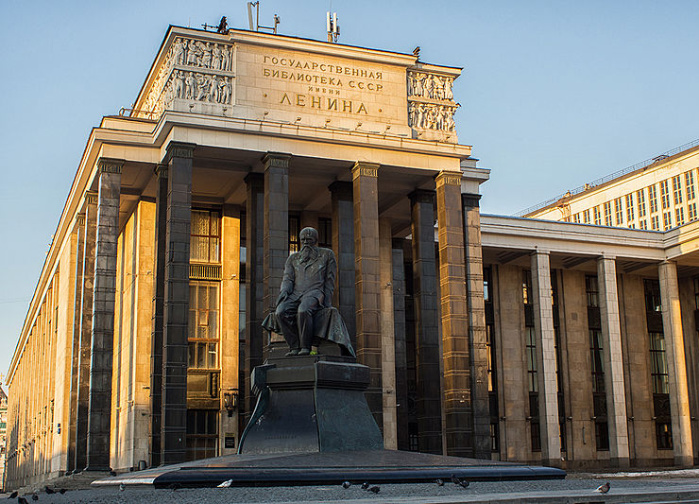

What about Einstein
Where have you been living…, ? under a rock perhaps?
Einstein was “…outted…” decades ago as a plagiaristic Jew and used by the Jew World Order to make Jews look smarter than everyone else…
Jews control the mass media and therefore use it to convince the masses that theya re the victims, when in fact they are the criminals.
Einstein was incapable to graduate his high school and he did not ‘sparked’ at all in all schools he started an didn’t graduate, but he knew to cheat. The preliminaries of his theory of relativity he co-authored in Germany was published as ‘original’ in U, and his friend’s name and contribution to this theory was forgotten. The theory itself is practically impracticable and founded an ‘relative’ truths that only Ein Stein and a lot of other rock-heads could verify; as for example: the parallel lines meet in infinite or the straight line light cubs when passing near a star, a planet or other celestial body. This is the Judaic conspiration in science. Newton’s gravitational line will never curb.
Bro you are literally a Nazi
Let’s keep the antisemitism down to a dull roar.
Having said that, Einstein was a physicist, not a mathematician.
Albert Einstein is NEVER a Pure Mathematician.
As for Applied Mathematician, or, Applied Mathematical Scientist/Applied Scientific Mathematician:
Yes, truth is: Einstein is “50%” – because of the other “50% of Einstein’s science career” as Scientist is provided by Einstein’s 1st Lawful Wife: she is GOD’S both Mathematician & Scientist: Ms Mileva Marity Maric who is GOD’S Gift to Albert Einstein as his [lifetime] wife & co-author [GOD is a living Witness to all these Einstein’s “secrets”…] in the closed collaboration & research works on mathematical natural sciences w/ her initiative INNOVATION IDEAS that help Einstein at least 81% in completing all their (both Einstein’s & Marity-Maric’s] 11 Papers from 1896 to 1912 [before Einstein did separate off from her 1913-1914 & ultimately did divorce her 1919, against GOD’S WiLL thus causing Einstein’s Scientific Career slowed & full of mistakes, HARDLY to progress, particularly Einstein’s General Relativity in 1915 [which 96% Mathematics & Science Formulation & Explanation originated from Marity Maric, including the “G” Cosmological Constant, which comes from Marity Maric ORIGINALLY way way back in 1908-1912, which originally Marity Maric mathematically showed to Einstein that the Universe is mathematically tenable if it is moving & expanding to the utmost annoyance & REJECTION by Einstein back then (1908-1912) to have even SHOUTED at Mileva Marity Maric for contesting his (Einstein’s) idea of the Static Universe based on Einstein’s computation mathematics as “corrected & reconstructed mathematically by Mileva Marity Maric (during 1908-1912)”.
Thus, all 11 Papers from 1896 to 1912 – including the 1905 papers – are Co-AUTHORED both by Einstein & Marity Maric (Einstein’s 1st Lawful Wife who KNOWS Mathematics & Natural Physics more than Albert Einstein. This is the Truth and GOD is the WITNESS to all these “secrets” of Albert Einstein.
Bro. JOSUE, pls wait for the LinkedIn Publication of my Paper on these “historical secrets” of Albert Einstein & about the “true Albert Einstein” – that will reveal them & correct the History of Albert Einstein, including the “History of Mileva Marity Maric” to put JUSTICE to the Truth in the History of Relativity Theory & all other 10 Papers during 1896 to 1912 Milestone Timeline of Albert Einstein’s life. After Einstein’s decision in separation from his wife, Einstein had hard times & difficulty in progressing his scientific career; GOD (“The Old One”) stopped communicating to Einstein, even until his dying moments in April 17-18, 1955, could hardly formulate his final Paper Cosmic Relativity to figure out the GUT by which Einstein struggled 40 yrs from 1915 to 1955 in his death bed at Princeton Hospital, 1:15 AM, 18 April 1955, to figure out his Grand Unified Theory (of Forces) to complete FAILURE – all for which & by which REASON alone results from Einstein’s GREATEST Mistake of his scientific career: Einstein’s inhuman treatment upon & gross separation/divorce off his wife: Mileva Marity Maric against GOD’S WiLL.
Right now, Einstein has been suffering in the Spirit World and the ONLY way to ‘cure’ his suffering is for Einstein to reveal to Earth & all humanity who the “true Albert Einstein is” and about the truth on Mrs Mileva (Marity) Maric Einstein in the context of truth on “co-authorship” for & of all the 11 Papers which Einstein falsely declared to the World that he is the sole author – in the period from 1896 to 1912. This is so because in the Spirit World, no one can keep secrets or, lies before GOD.
– Gpw Bernard Bautista Rementilla
World famous physicist & mathematican
what about Arayabhata?????? he discovered the 0 as well as the decimals
Should the writer of the comment be a Jew, for the content to pass the Jewish censorship?
Please search the basics, where does Algebra come from
Geometry
Trigonometry
Who provided Zero to the western world
They were Muslims. I know you don’t like it. But sorry mate you can’t change the fact. If you are not bias and a writer to teach others instead of promoting your thoughts you would do research.
Kid, your article is written well but you need to research before writing.
Ahem … Where the hell is Cauchy? Where are Leibnitz and Pascal? Why is Pythagoras here instead of Diophantus? Where the hell is Kurt Goedel?
I’d have thought that Cauchy, Riemann, Euler, Gauss, and Newton would form the top 5, not necessarily in that order …
This is a complete nonsense. How could a unknown “Srinivasa Ramanujan” be in the ranking while neither Galois nor Abel is ?
Hi, Mr VARUN, w/ all due respect [since it is your opinion; nevertheless…] concerning your List (contents; or, personalities that are not in the List; or, are not to be included bit is/are in the List) & sequence about your 16 Greatest Mathematicians – I’m sorry but I disagree w/ you in the context of application coverage significance (say in: improving, advancing the mathematical technique principle, theorem, etc., ; historical value, depth, & breadth. Also, kindly we MUST specify: there are 2 Types of Mathematicians: Pure Mathematicians & Applied Mathematicians… [If I am student of mathematics who values the works of mathematicians in history, the, I would only be confused …. I appreciate you efforts, anyway; but pls consider those students of mathematics in weighing the facts & truth of their (mathematicians’) contributions in history of mathematics: pure mathematics…; or, applied mathematics.
Mulatu Lemma is also one of the top mathematician discovering the Mulatu Numbers.
Google read about this mathematician.
He is known for discovering the Mulatu Numbers. Great mathematician.
He is one of the best mathematicians who published numerous papers on peer reviewed journals
Mulatu Lemma was selected as the top professor of 2023 by IAOTP.
Hi, Bro. Varun KUMAR, peace be you & safe good health wish for you from me & w/ prayers ‘from’ our One Absolute Original 1st & Last Parental GOD. Now,
Re: Of your Article here – w/ & by all respect, I’m sorry but, I re-constructively do not agree: both in names & sequencing. Pls remember your “central theme is: ‘The Famous & Greatest Mathematicians’ … [More so if – as always it is: after ‘Mathematicians’, usually suffixed – ‘of All Time’]. Why I don’t agree – “re-constructively” – Well, 1stly: How I wish you’re gifted by/allowed by GOD to “enter” the Spirit World & be able to see, talk to each of the mathematicians you enlisted & the sequencing [numerically] you assigned to each & ASK in silent using your heart & mind [don’t speak using voicing physically, etc., it won’t work]; USE Heart & purity of your purpose, while looking at each straight to the eyes: Speak using your Heart * Mind; of course pray 1st to GOD & ask humbly His Permission; Ask “all possible questions” about the ‘history of mathematics and mathematicians strictly & strictly living are existing & living (respectively) in their own time – you will be BOTH amazed & disappointed about your expectations: How come..?
1. Suggestion only & Clue – OBJECTIVELY:
Pls in final writing off after your review, back to your 16 Greatest & Famous Mathematicians; pls from their respective time to present: kindly CONSIDER the following A. Breadth, B. Depth, and C. Historical Significance: (in the context their respective Mathematical Contribution as to its “application importance” both in theory and practice, from their time to the present contextual applicative coverage to scope of the current level of mathematical development & advancement history stage ‘where we are NOW’.
2. Bear in mind: there are two (2) Major Categories of Mathematicians: A. Pure Mathematicians and B. Applied mathematicians. Again, based on [breadth, depth, and historical significance], if your mathematician chosen is “not only “Pure Mathematician” but is also “Applied Mathematician” w/ equally & more so & yes, more so highly regarded as his ‘application mathematical contribution’ is practically universal, of great impact to natural sciences/applied sciences & engineering! Then, that’s another ADDED Credit Points.
For Example(s). David Hilbert and Carl F Gauss and Albert Einstein are “admiring fans” of GF Bernhard Riemann; yet Riemann’s mathematical contribution(s) are so vast covering wide range of ‘applied/natural sciences & even to engineering & medical technology sciences – Today! and even James Clerk Maxwell (1 greatest applied mathematician and 1 greatest mathematical scientist of all time had his famous Electro-Magnetic Theory (EMT) Equations did/do PROVE in yet only 1 most amazing natural mathematical proof available thus far – as when it is used upon/ in Modern Applied Medical Science to Human Health Parameter(s) Determination involving: Energy, Frequency & Resonance! as to have provided Application Specimen of Proof to & that this Riemann’s Hypothesis is TRUE – yes, it’s TRUE and Accurate Mathematical (not Theory & not just Hypothesis but) a Riemannian Principle of Most Advanced Mathematical Theorem yet w/ the greatest impact & application [in terms of
breadth, depth, and historical importance] to both “Pure Number Principle, Prime Number System Theorem, and others, in addition to its (“Riemann Hypothesis’s”) application Medical Sciences of Today’s 21st Century!
Also, GF Bernhard Riemann’s Mathematical Works are [esp. Riemann’s Non Euclidean Geometry (NEG) encompasses/embraces & even extends beyond via Vector Duality Matrix Field (Group) Principle of Mathematics! the NEG of Gauss [C,F. Gauss, one greatest mathematician of all time w/ equally famous greatest mathematician of all time Leonard Euler!) upon knowing Riemann’s NEG in 1854, left his own NEG System & so excited before a distinguished mathematical physicist, W.E. Weber in attendance right after Riemann’s New & Higher Dimensional NEG Lecture 1854, & Gauss, clasping his hands! finding in Riemann his student: “my hero!” & did spend the rest of his remaining lifetime on Earth studying Riemann’s NEG till he died on 23 February, 1855. NEXT –
3. Consider the greatest specifics of mathematical significance of their mathematical works in Number System, in Proofs of Number Theorems, and so on,, so vast & equally of practical application values of their works: the Triumvirate Pillars of Modern Mathematics w/ Riemann: Isaac Newton, C. F. Gauss & Leonard Euler, far greater than Euclid’s Work ‘despite’ that whose mathematics did some impact “bases in mathematical proof theorems” [of geometry approach] some 23 centuries later in his life (he died ‘mid-3rd century’ approx.)] because, after Isaac Newton [wow! 1 of the most Important (few) Applied Mathematicians of all time & equally 1 greatest mathematical physicist of all time (he died 31 March, 1727 ], it is discovered in Science Community Authority that “Euclid Elements” or, Euclidean Geometry can Hardly HOLD True & can HARDLY Fit In the complex mathematical laws of “Natural Phenomena” – any more; but not Riemann NEG! Wow – a very complex COOL Truth of Nature’s Laws!
Yes, Wow! It is Albert Einstein who 1st sensed & did apply & [he is correct!] Riemann’s Geometry [NEG] to his [Einstein’s most famous (one of the most famous mathematical field natural science applications!)] General Relativity, 1915 AD.! And other proof examples … we have these open to all in our History of Mathematicians; History of Applied Natural Mathematical Sciences and History of (Individual) Mathematician’s Life, provided by Authorities on the Subject – your Title-Subject. Thank you. Gpw_BBR
Dr. Lemma is one of the best mathematicians. The world is blessed to have him, and it is an honor to know him.
Mulatu Lemma is one of the finest mathematicians who discovered the Mulatu Numbers in 2011. He enjoys playing with mathematics and introducing new theorems. He has published over 170 papers. I believe he will continue to publish more.
Well known on his breakthrough discoveries such as Mulatu number, Mulatu Lemma is one of the contemporary exceptional mathematicians. His publication portfolio in pure mathematics has reached 200.